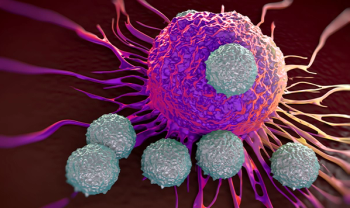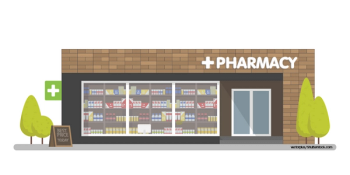
A new report outlines the sharp cost increase associated with a NSCLC drug’s move from second-line to first-line treatment, and suggests payers work with manufacturers to address treatment pricing.
Rachael Zimlich is a freelance writer in Cleveland, Ohio. She writes regularly for Contemporary Pediatrics, Managed Healthcare Executive, and Medical Economics.

A new report outlines the sharp cost increase associated with a NSCLC drug’s move from second-line to first-line treatment, and suggests payers work with manufacturers to address treatment pricing.

Chemotherapy may be the “boomer” to millennial-esque new cancer treatments, but there is a reason the old standard became that way, and isn’t likely to be replaced anytime soon.

There are a lot of ideas about ways to increase the value of cancer care, but personalized treatments may be the most significant and immediate.

A holistic approach provides value and creates plans that support the wide-ranging needs of cancer patients and their families.

Researchers suggest changing cancer drug regimens could save money without sacrificing quality.

Proposed as an alternative to CMS’ Oncology Care Model, the Community Oncology Alliance is developing its Oncology Care Model 2.0 with the hopes of creating a better, more efficient payment and treatment system for cancer care.

In order to develop more effective cancer treatments, researchers are turning to precision medicine to evaluate patient tumor responses.

The high cost of targeted cancer therapies creates a “financial toxicity” for patients that has crippling effects.

Palliative care offers value and patient-centered care to lung cancer patients.

The CMS-proposed Medicare model would offer set bundled payments, regardless of setting.

Better care at lower costs is the ultimate goal across healthcare today. Here’s how pharmacists can help.

The new CGRP therapies provide a novel, migraine-specific mechanism with effective results. Read more.

No longer a technology for science fiction, artificial intelligence and machine learning offer the multifaceted approach that healthcare is waiting for.

There are many ways to measure success and value-but the future of value-based care will rely on patient-reported outcomes.

From EHRs that didn’t fulfill promised savings to a system that still rewards volume over value, our experts examine what’s next in the quest to cut the fat from healthcare spending.

As demands on healthcare organizations rise with the transition to value-based care, healthcare executives are being paid differently.

Cambia Health Solutions’ Laurent Rotival, MS, reveals what can happen when Amazon’s principles muscle in on the traditional healthcare model.

From the frontlines of healthcare, Sarah Krevans, MBA, MPH, Sutter Health, offers AHIP attendees her ideas on healthcare transformation, future outlook, and consumer empowerment.

Trepidation by providers to take on more risk is threatening the road to value-based care.



Biologics, early treatment, and lifestyle choices take the spotlight in rheumatoid arthritis advances.

The benefits and drawbacks of predictive modeling in end-of-life care decision making.

Published: March 5th 2018 | Updated:

Published: February 3rd 2018 | Updated:

Published: June 6th 2018 | Updated:

Published: July 2nd 2018 | Updated:

Published: June 22nd 2018 | Updated:

Published: June 22nd 2018 | Updated: